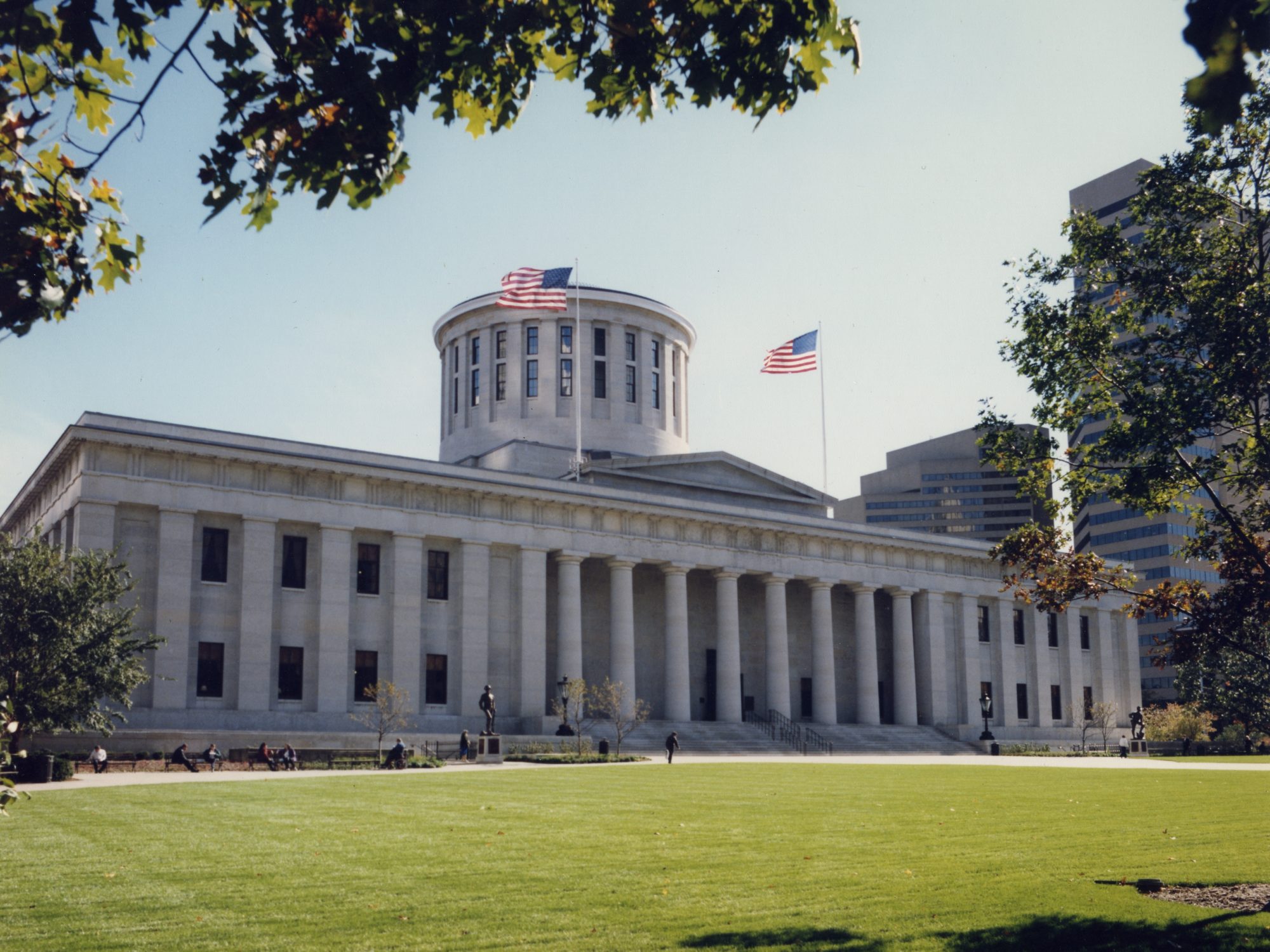This is the second part of our Legislative Wrap-Up from the 133rd General Assembly. Read Part 1 here.
Also getting finalized on the last day were SB 33 and HB 388. SB 33 is legislation to strengthen protections for the critical infrastructure that is vital to a well-functioning economy, giving businesses additional reassurance that capital investments in infrastructure in Ohio are safe from physical damage. This bill’s route to enactment was long and slow. A similar bill was considered during the previous General Assembly, and SB 33 itself was introduced on the very first day that any bills were introduced this session, back in February 2019.
HB 388 protects patients from the burden of costly, surprise medical bills. A majority of Ohioans get their health coverage from an employer-sponsored private health insurance plan, and many employers go to great lengths to inform their employees about health care costs and quality. Nonetheless, even the most proactive patients cannot always avoid encounters with out-of-network providers, which can lead to unexpected or “surprise” medical bills. HB 388 not only protects patients, but it also ensures providers are fairly compensated without creating a process that would lead to unnecessary health insurance premium increases for employers.
Unfortunately, several bills fell victim to the two above-mentioned defining characteristics of the session and thus were left undone. These include a vital regulatory reform package that would have required state agencies to reduce the number of regulatory restrictions by 30% by 2024, a bill to limit the risk of potential lawsuits through reducing the time frame to file a claim for breach of a written contract, and a bill to increase access to high-speed internet connectivity. However, each of these failed not because of policy disagreements, but rather because of political considerations or because time simply ran out. This means there’s a good chance these will be reintroduced and fast-tracked once the new General Assembly begins work early in 2021.
They will also be among the priorities the Ohio Chamber will continue to push for in the New Year, and you’ll see them contained in our forthcoming 2021-2022 Public Policy Priorities, which will be released later this month.
We know that COVID-19 will remain with us in 2021, but with Ohio already receiving and administering the new vaccines, there is a sense of hope and optimism that the virus’s ongoing impact on both public health and our economy will begin to dissipate. A new Speaker of the House and a new Senate President – both of whom, coincidentally, hail from Lima, Ohio – also give rise to hope and optimism that the counterproductive and all-too-familiar intraparty squabbling will wane, as well. In other words, like in virtually every other aspect of our lives, we’re counting on a return to normalcy at the Statehouse in the New Year.
